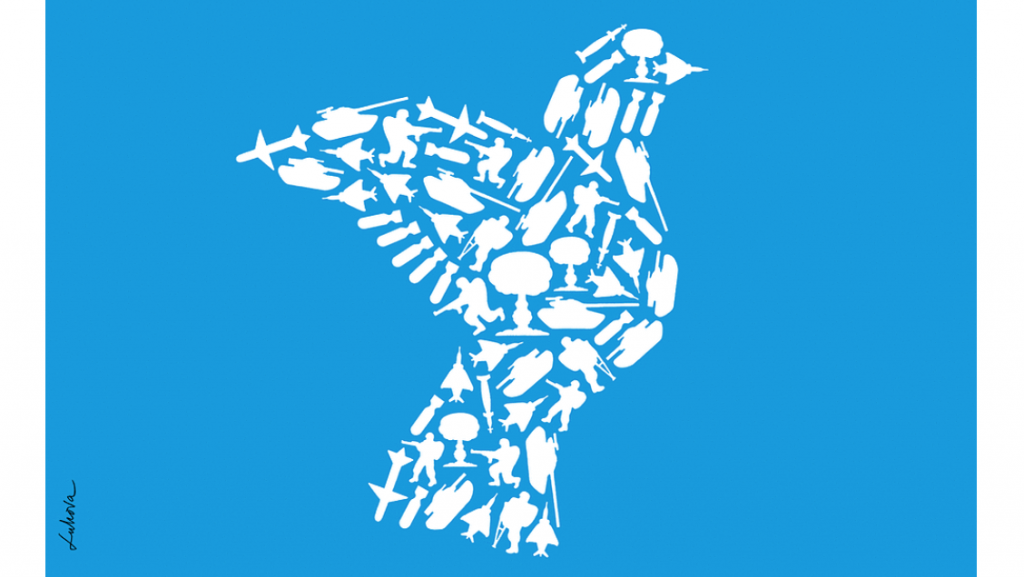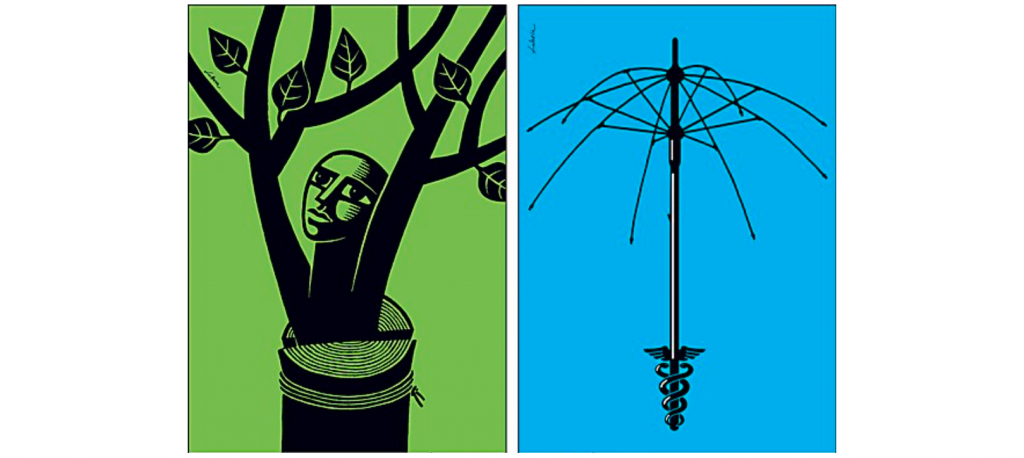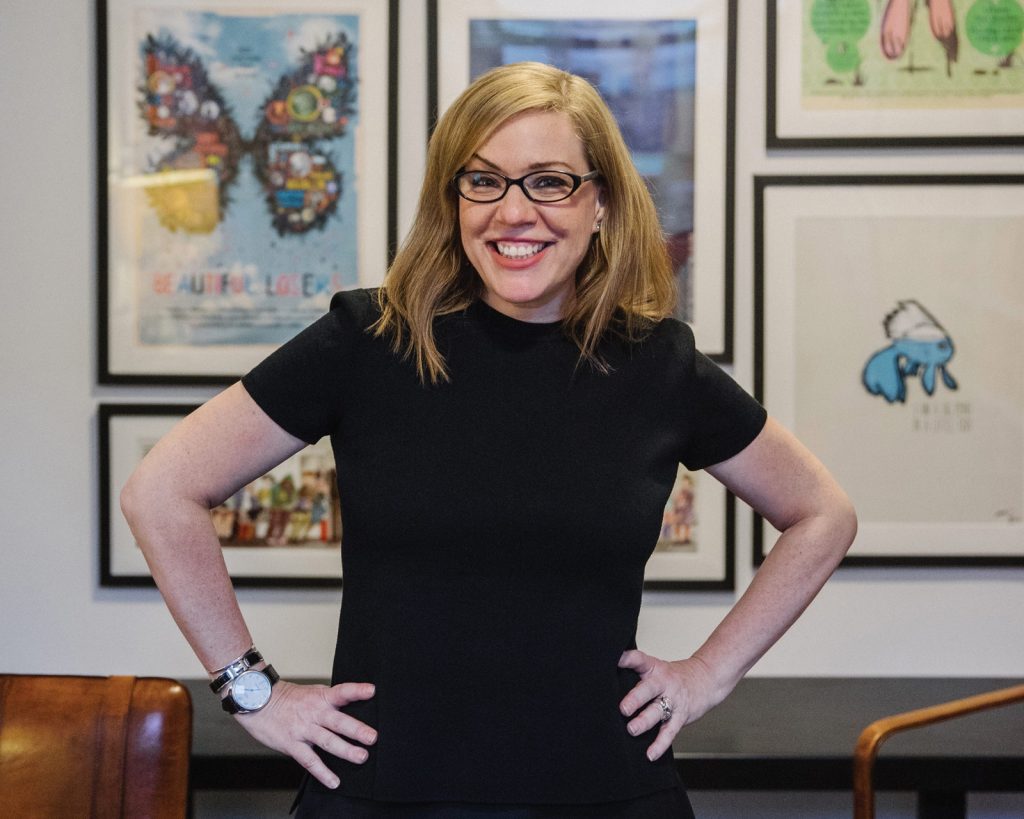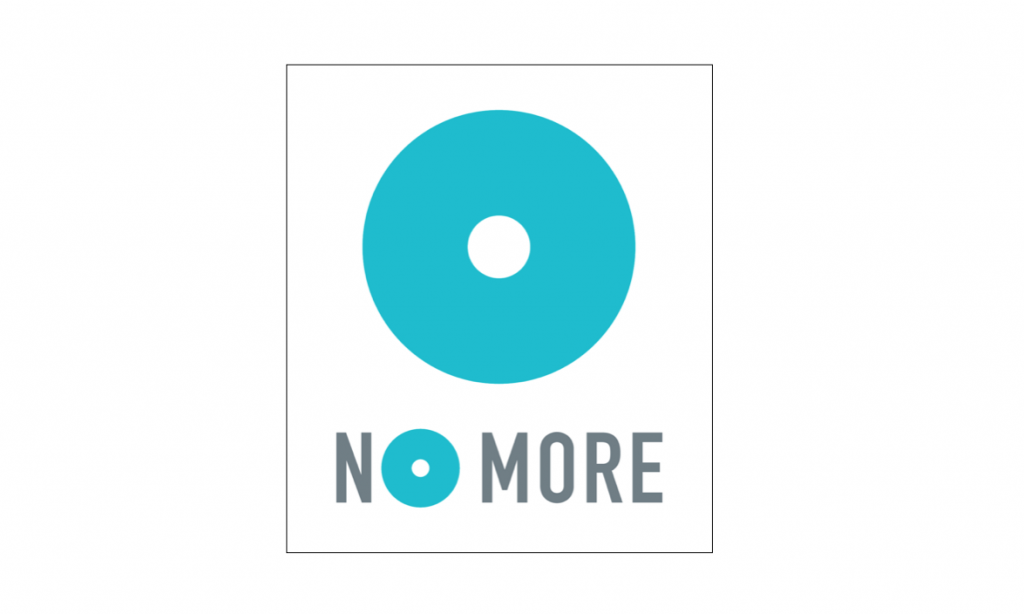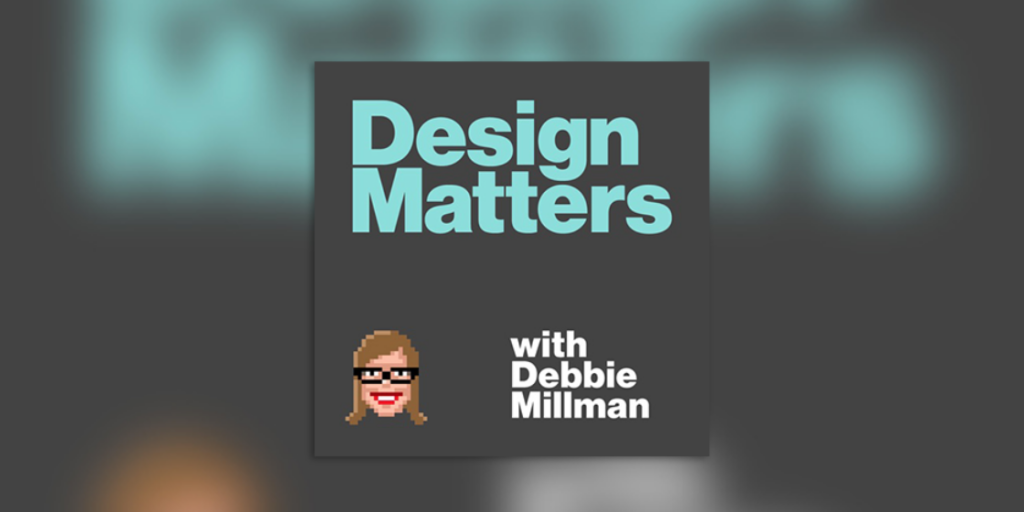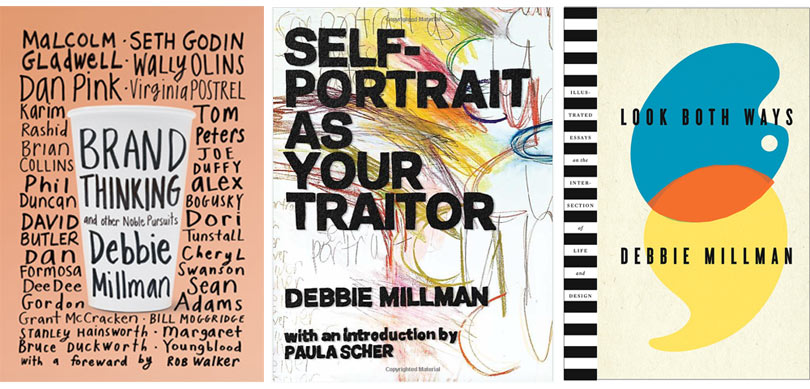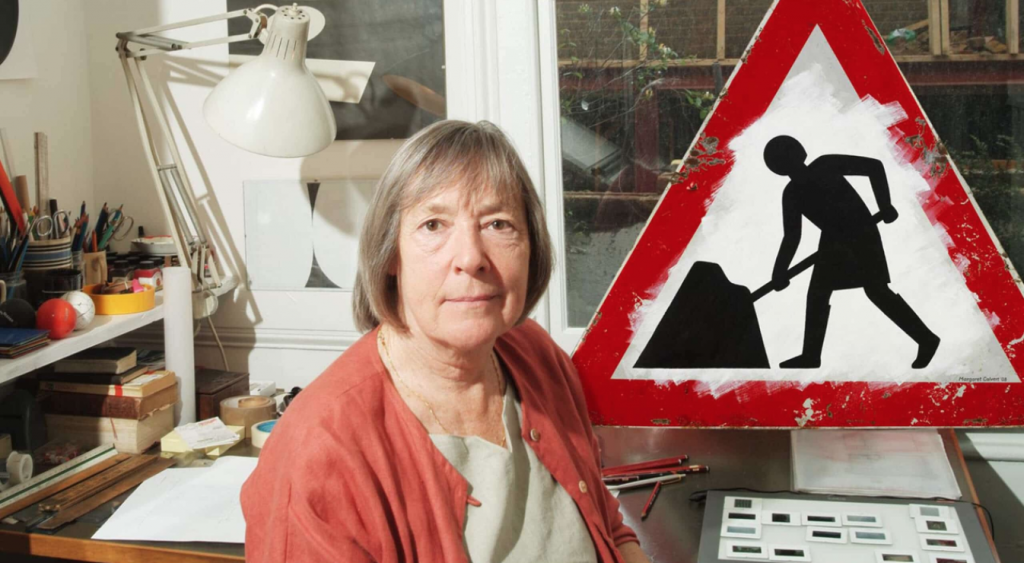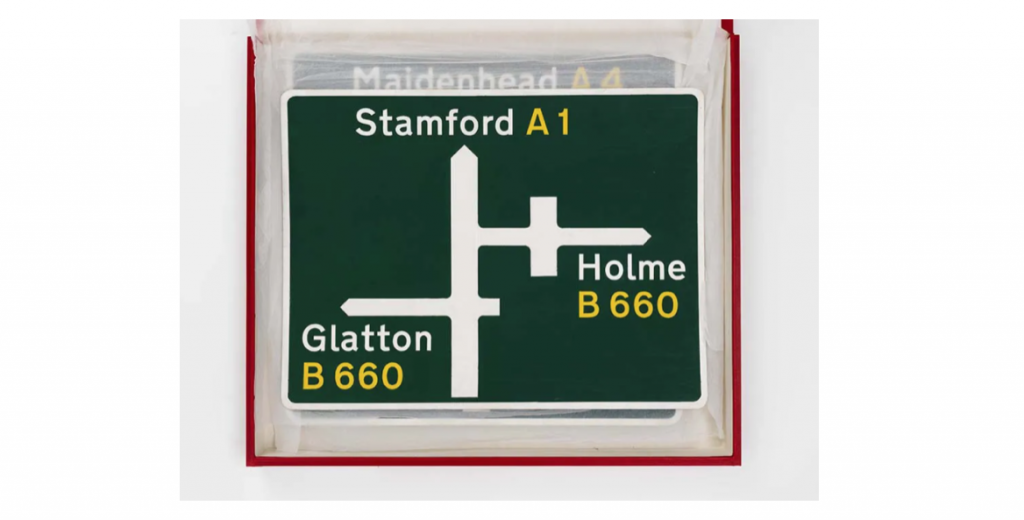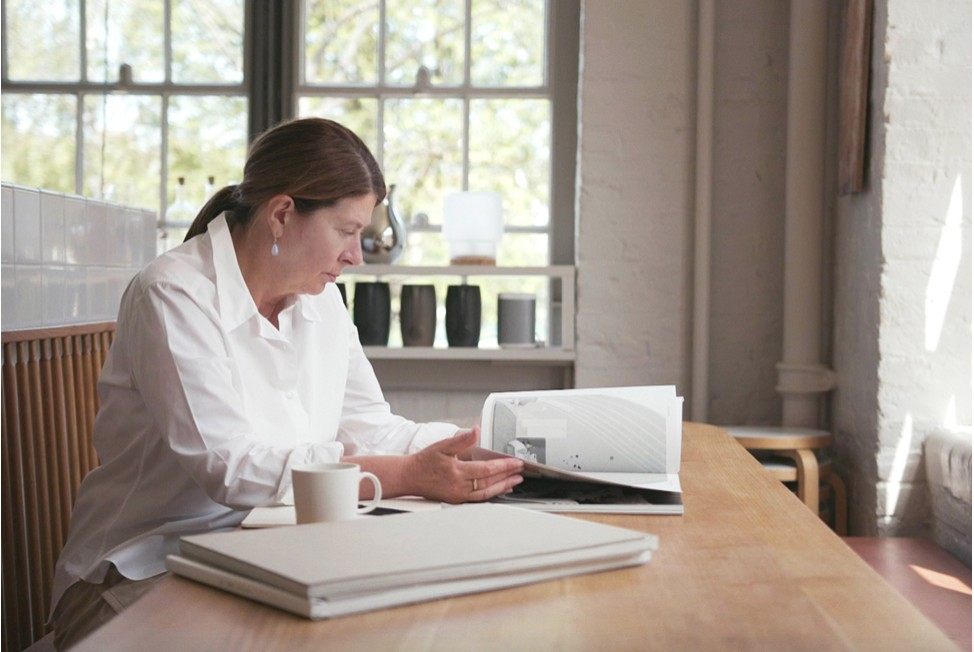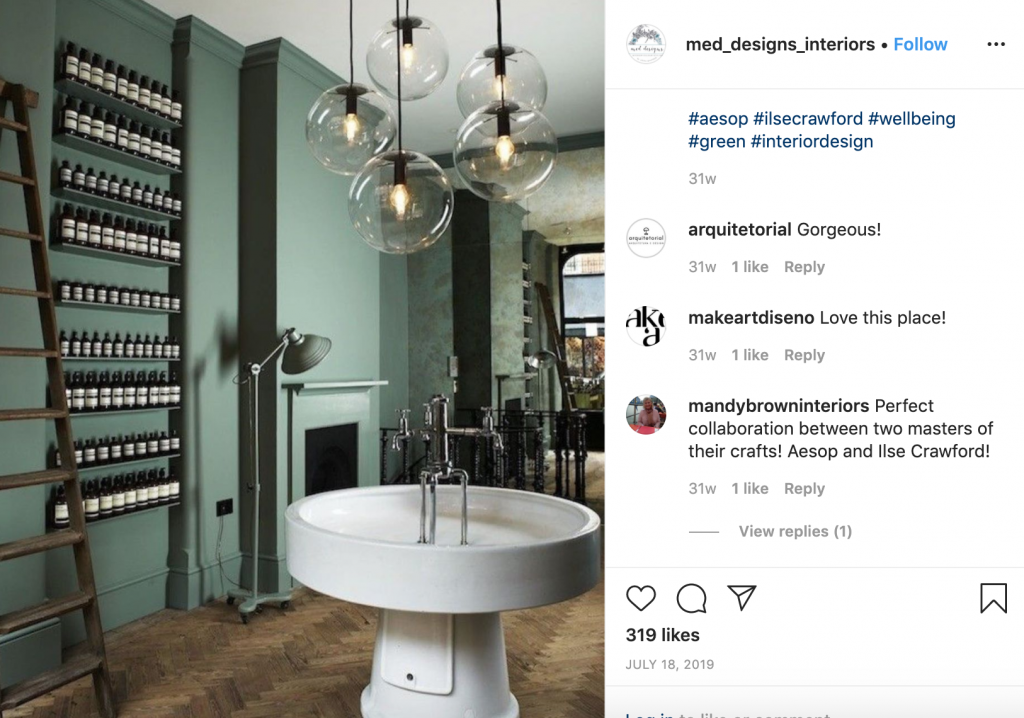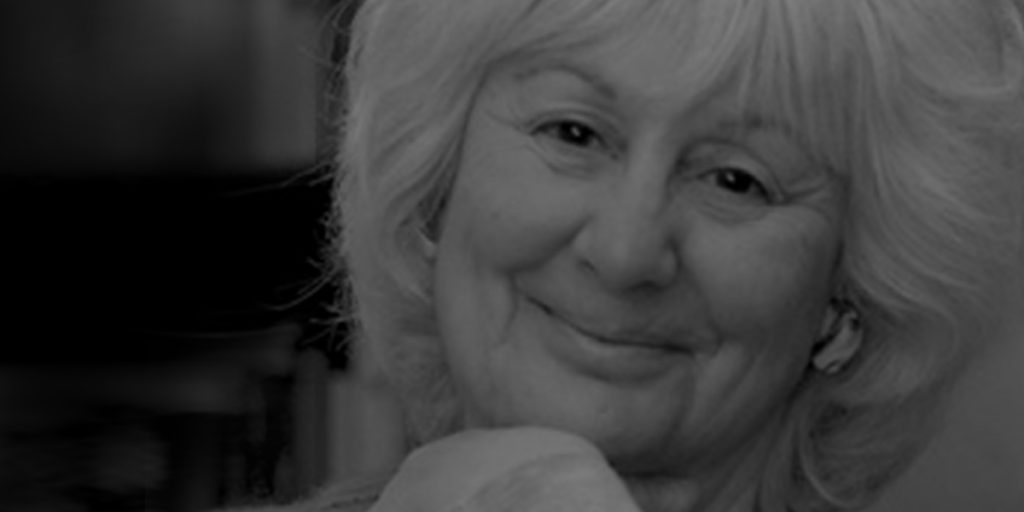Celebrating female designers and their work for International Women’s Day
06.03.20
To celebrate International Women’s Day, we asked our London and New York offices to nominate their favourite females within the world of design, and here they are…
Luba Lukova
“I use the language of design to express a message”
Lukova’s work plays a crucial role in challenging our world views of social and political injustices that is both satirical and engaging. It can sometimes be all too consuming to watch the news about topics that feel beyond our control to the point that we become dangerously desensitised. Lukova encourages us to look at these issues and to reflect on them in a way that provokes thought. Her thoughtful compositions and hand lettered typography pinpoint important themes in the human condition and incorporates a combination of background theatre and book publishing. Critics observe the connections made to Greek paintings, ancient theatre and a little bit of Picasso which presents a setting where social justice art is distilled down into imagery that came into existence thousands of years ago.
“Effective, meaningful design requires intellectual, rational rigour along with the ability to elicit emotions and beliefs. Thus, designers must balance both the logic and lyricism of humanity every time they design something, a task that requires a singularly mysterious skill”
If you Google Debbie Millman, the string of accolades tied under her belt go on for reams of pages. Although her roles encompass brand strategist, educator, designer to writer, a common thread runs throughout all the work she does – she tries to capture a specific view at a specific moment in time to understand the greater context that design lives in. In her award winning podcast (yes she set up the first podcast about design too), she explores the trajectory of how creative people became who they are. These discussions teach us that it’s not so much about the finished piece of work but the process involved and that design is really just the Trojan horse. In this day and age, it’s nice to see Millman being an exemplar in the industry and pushing the boundaries of design thinking.
“It’s about knowing who you are designing for”
Anyone who’s ever taken a theory test or spent hours at Heathrow airport will probably be familiar with Calvert’s work. It was in the 60s that Calvert began her work on shaping the visual language of the UK’s road sign system. Her signs are designed with unique elements to give accessible information that is easy on the eye. For instance, the infamous black and yellow colour schemes have jolting impact from afar or letterforms that offer instant recognition, directing our way along the roads. What’s fundamentally more important though is that her work helps children get to school safely, encourages drivers to slow down where there are deer and helps a lost soul find their way out of a building complex. The signs are stripped down to their very essence serving a wider purpose that we take for granted. It’s fascinating that we interact with Calvert’s signs on a daily basis but never question how the functional aesthetic nature of the signs help aid our journey in a seamless way.
“It’s important to design for the senses because we are primal creatures and we read our environment through the senses”
Ever walked into a building or a room and had a gut feeling about it before you could even put it into words? Crawford closely considers the spaces and environments we live in and pays special attention to our sensorial nature. The reason why it’s important to question how our environments make us feel is that it’s a means to express who we are and our values. Her line of thinking is very much in line with TBP’s ethos to consider design in a way that translates into impact.
“I guess for Ilse, I’m awe-struck by her ability to create truly human-centered, purposeful design that doesn’t compromise on form, feel, or beauty. She’s always managed to toe that line with grace, without needing to be bold, loud or flashy. In a way, I see her work as an ode to the power of femininity; she demonstrates that design can be soft and supple, simple and light and still be highly intelligent, innovative, and functional – one does not undermine or contradict the other.”
– Frankie Swaine, Senior Research Executive, NYC
“She was a planet in her own orbit”
-Architect Rem Koolhaas
Hadid is one of the most prominent architects of our time.
“One designer who has always been quite present in mind for me is an obvious one – the architect Zaha Hadid. She was a truly inspirational innovator, breaking through glass ceilings from the get go in Iraq, then coming to London and being the only high profile female architect in the 80’s, 90’s and 2000’s. She transcended the gender and racial stereotypes of the industry. The fact that she existed and was such a force in the industry basically gives hope that anyone can succeed even if you are the only one who looks like you”
– Su Abeysuriya, Strategy and Communication Director at The Big Picture
Many of today’s best-known commercial semioticians, in the UK and globally, learned or refined their skills under Ginny’s tutelage
You would think that semiotics has been around since the dawn of research but it was in fact Ginny who introduced it to the world of market research in the 1980s and went on to win award winning papers for the MRS. Some of her works include Best Presentation in 1989, Best Conference Paper in 1995 and Best New Thinking in 2000 and 2001.
“Ginny Valentine was an internationally recognised pioneer of semiotics, bringing semiotics into market research. As with so many pioneers she had to tackle the doubters and was generous in setting up training and encouraging others at a time when research, academic study and the comms industry were still very male dominated. Her family and colleagues established the Ginny Valentine Badge of Courage Awards in her name.”
– Teresa Anderson, Director at The Big Picture




